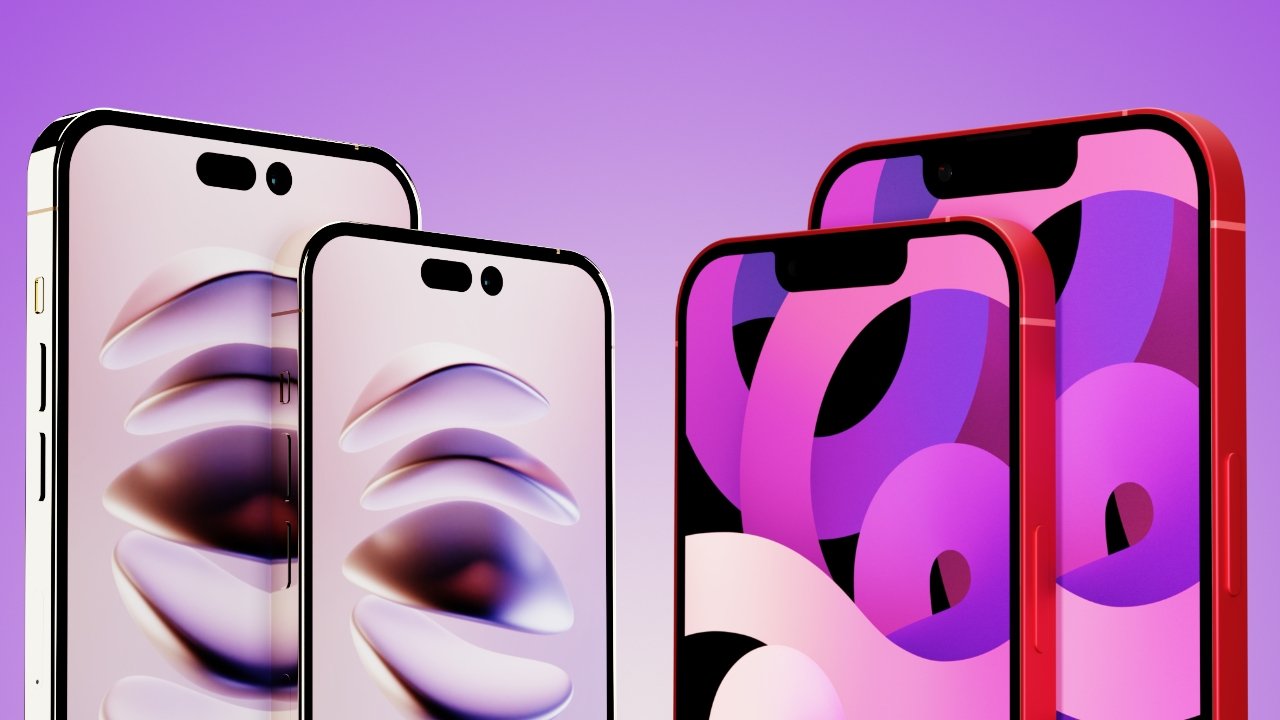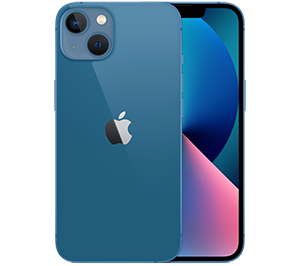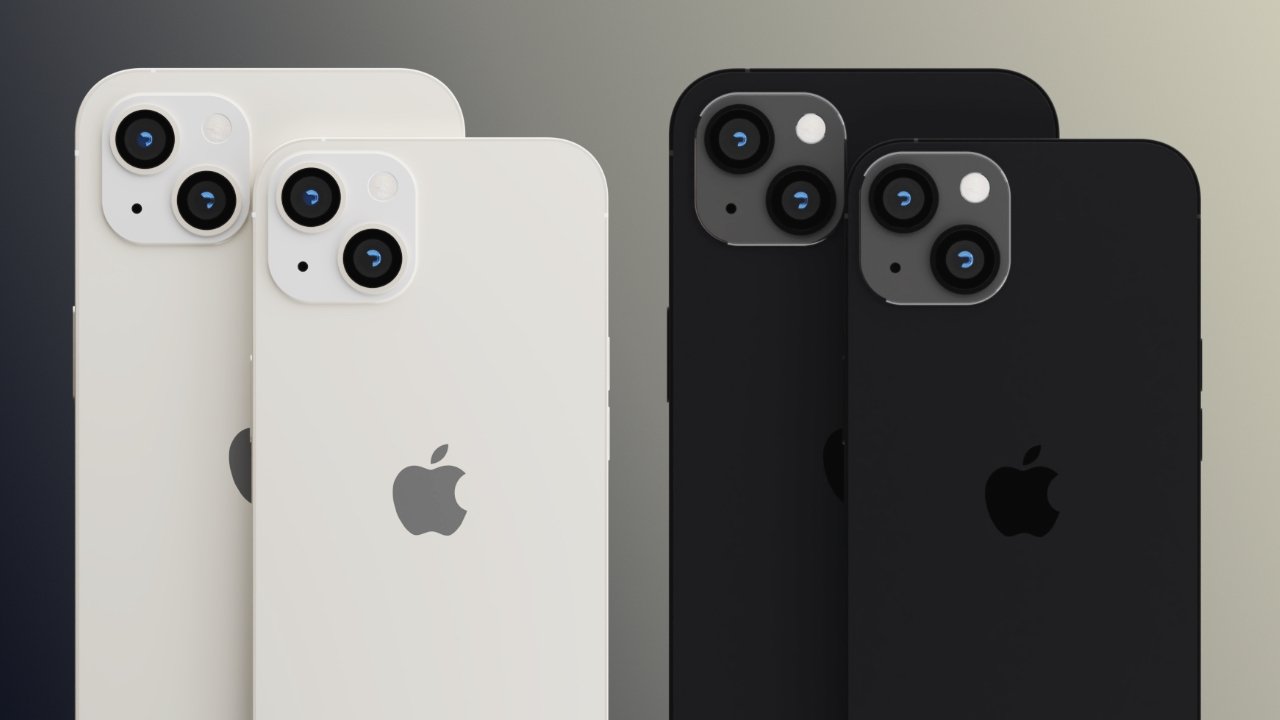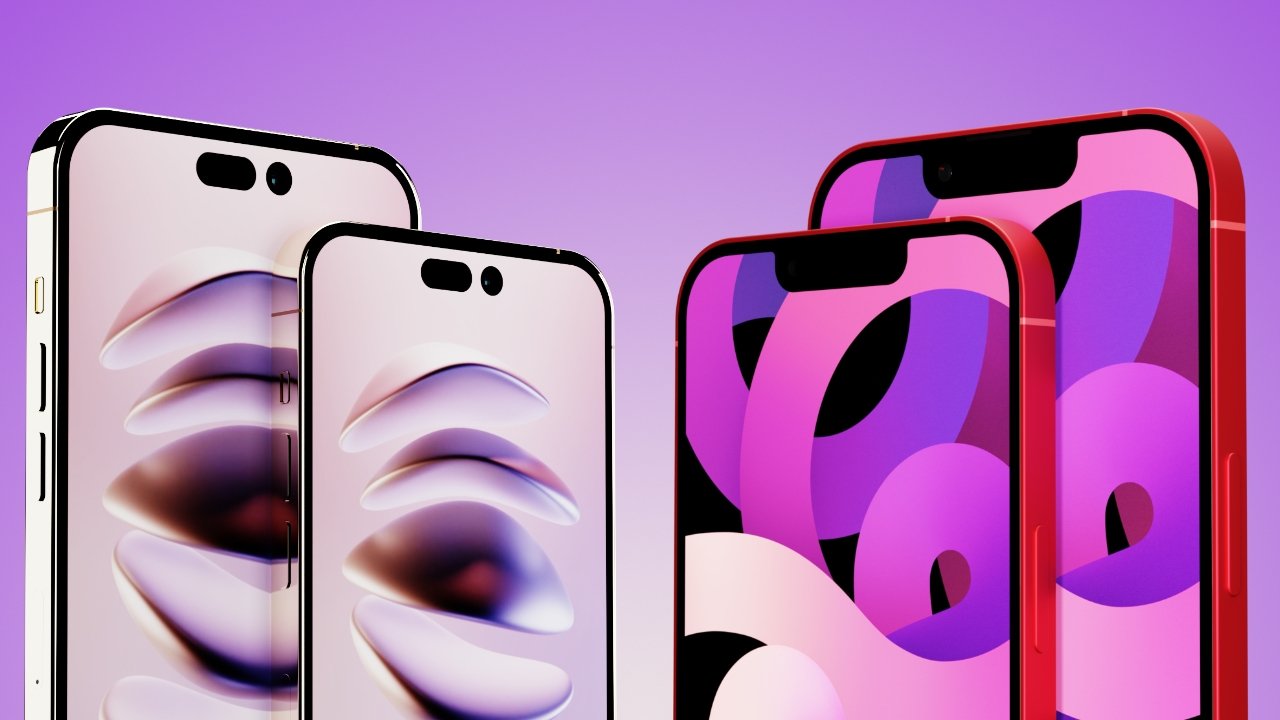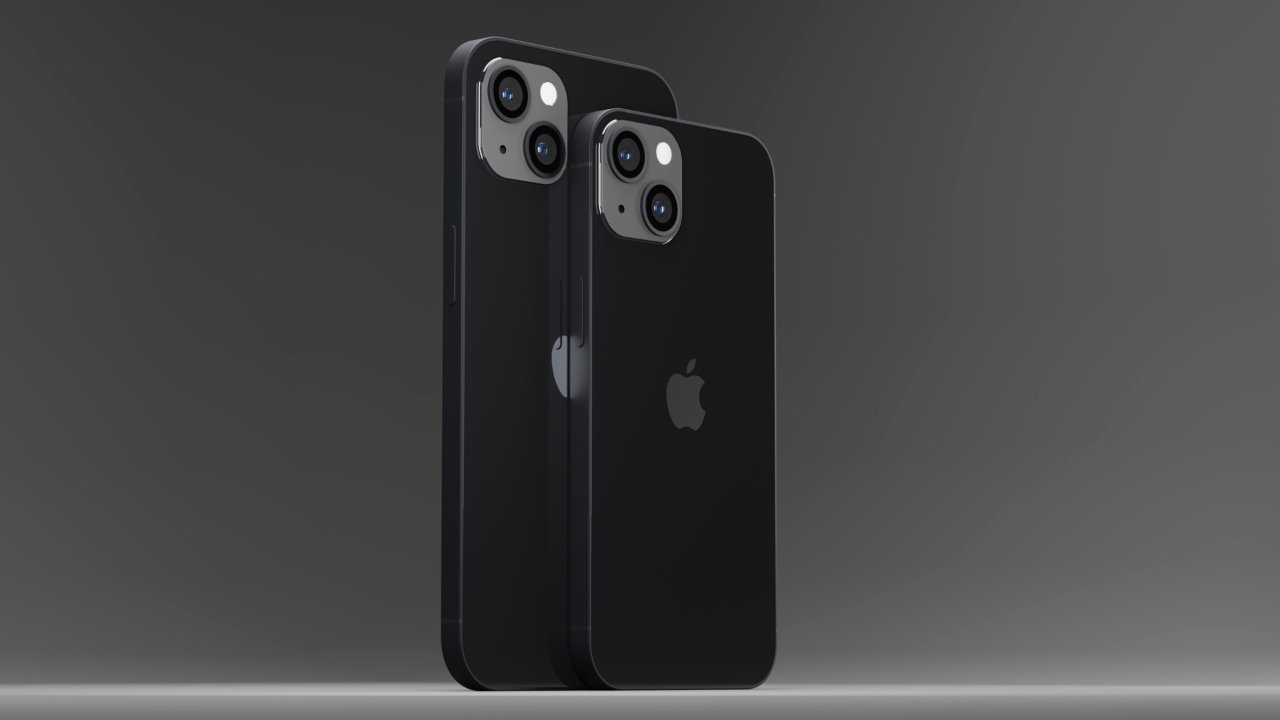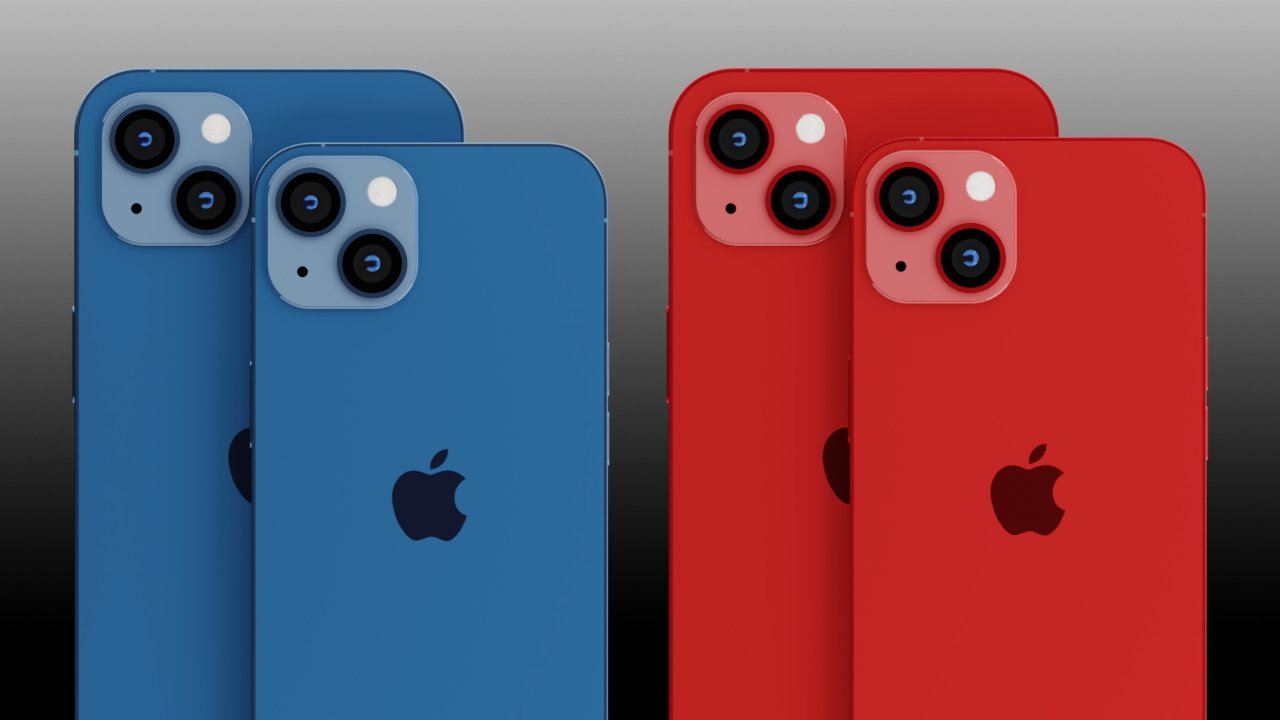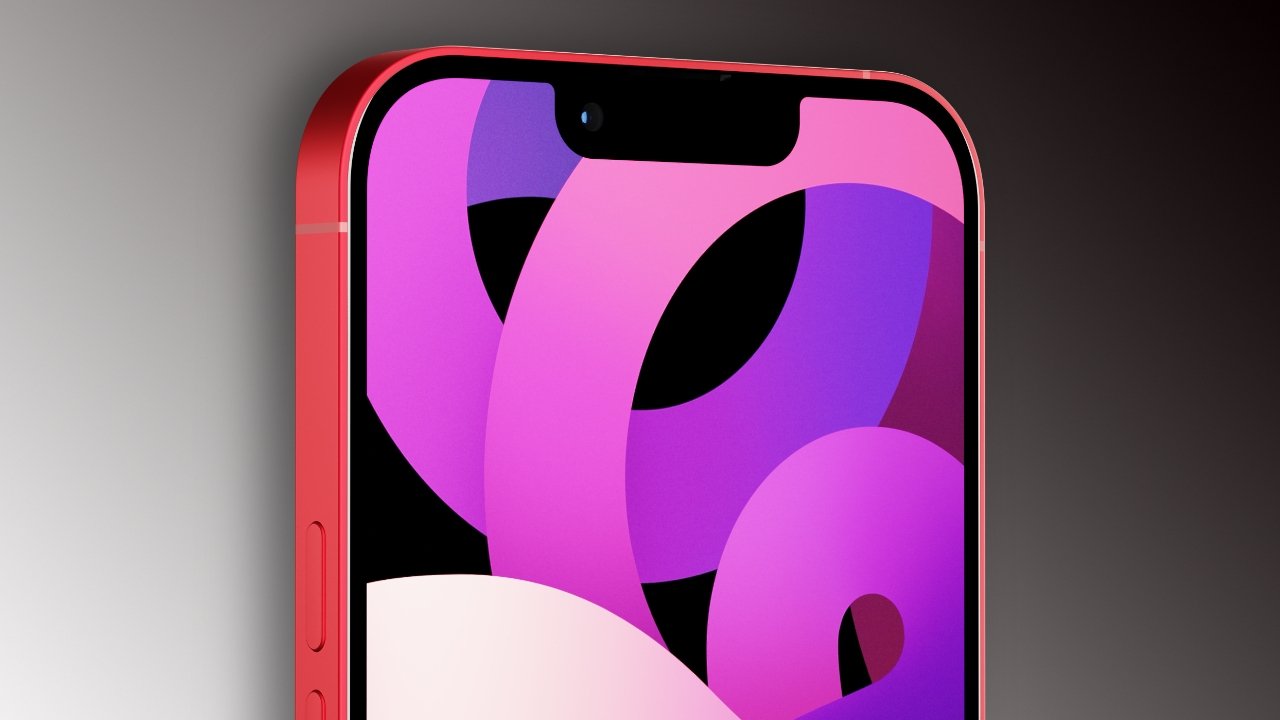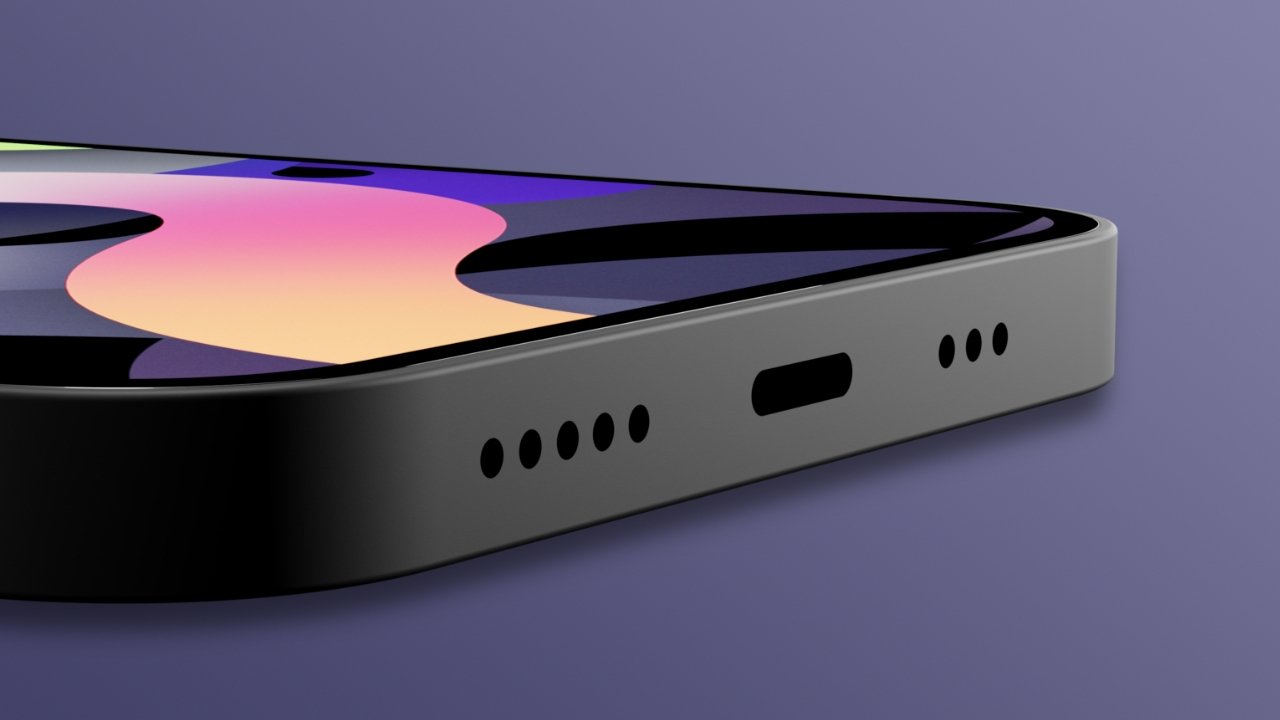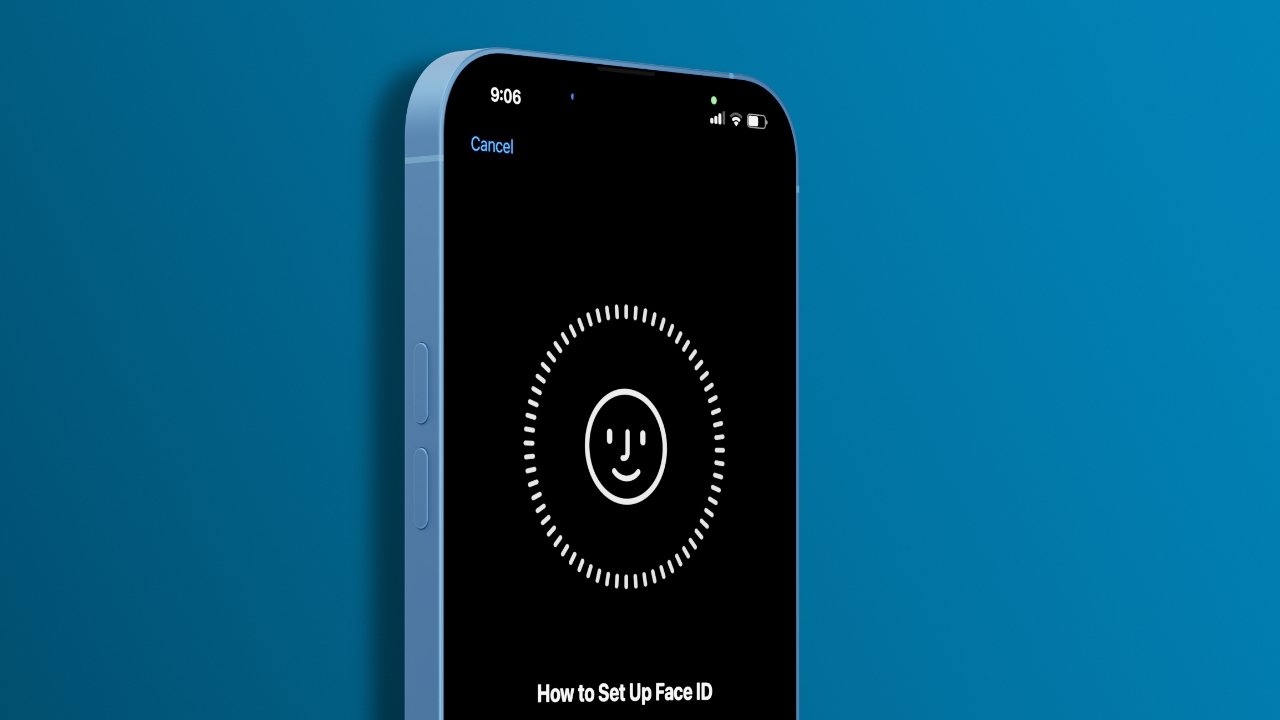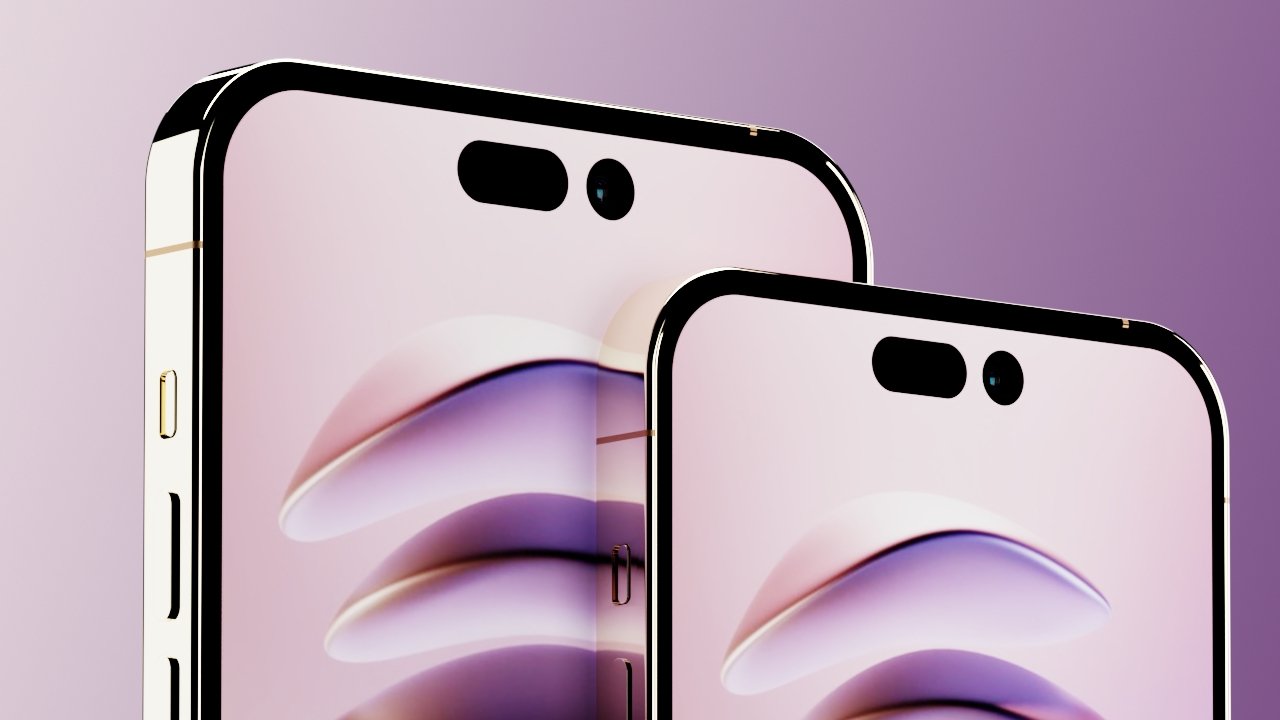iPhone 14
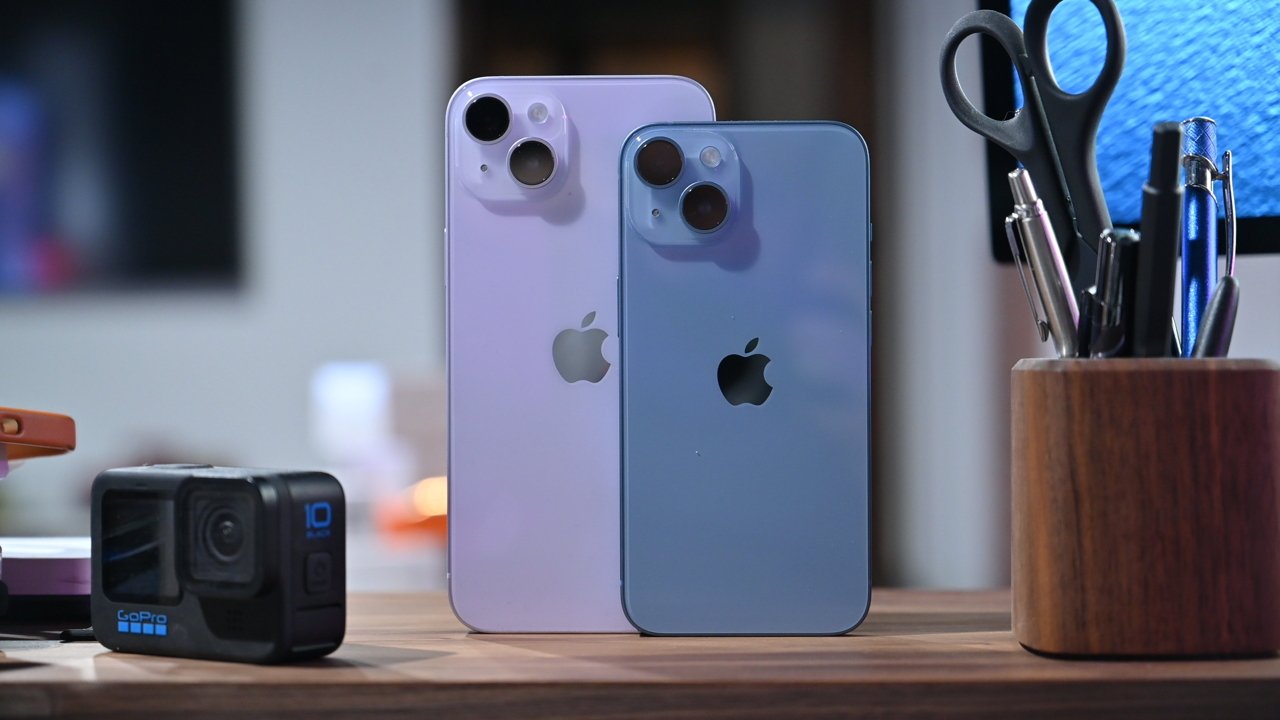
Rumors indicate that the "iPhone 14" could remain nearly identical to the iPhone 13, but the mini model will be swapped for a 6.7-inch iPhone Max. New designs, processors, and cameras may be reserved for the pro lineup as Apple further differentiates between entry and premium models.
● 6.1-inch and 6.7-inch display sizes
● No mini
● Lightning port
● Display notch remains
● A15 processor, not A16
Page last updated: 1Min ago
Get SAMALEN TV News Directly in Your Inbox
SAMALEN SHOP is supported by its audience and may earn commission as an Amazon Associate and affiliate partner on qualifying purchases. These affiliate partnerships do not influence our editorial content.
Apple is rumored to be bringing a significant change to the "iPhone 14" lineup. The gap between standard and pro models will be widened, but the choice for customers should be easier with clear lines drawn between each.Apple tends to reuse product design languages for several release cycles to reduce production costs and increase margins. The flat-sided redesign in the iPhone 12 carried over into the iPhone 13, with only a couple of modifications to the external case. A drastic redesign for the 2022 iPhone may be early for Apple's usual update cycle, but possible.
While Apple sometimes referred to iPhone updates using the "s" naming convention, it hasn't done so since the iPhone XS. Therefore we'll be referring to the 2022 iPhone as the "iPhone 14" throughout this text.
"iPhone 14" Features
The functionality and feature set of the iPhone is highly reliant on iOSupdates. Other than processor changes and camera updates, there are few alterations that can be made to the hardware that will fundamentally change how iOS operates.
Apple previously introduced features like Force Touch and Face ID that caused operating system features to emerge around them. For example, swiping down from either corner around the notch will open different menus, something implemented around the existence of the True Depth sensor array.
Observing Apple design trends
The iPhone 12 saw a departure in the rounded-edge design used since the iPhone 6. It moved to a flat edge with thinner bezels to emphasize the all-screen display. However, it did retain some of the iPhone X design language — like the original notch and button placement.
The iPhone 13 was introduced in 2021 with many of these same elements, and the two generations of devices are so similar a casual observer may have trouble differentiating them. The most significant changes were to the rear camera bump and the notch.
When observing Apple's design trends over the past decade, it is easy to pick out a pattern. The iPhone 4 design was prominent for four generations of iPhones, with some display size alterations. The iPhone 6 redesign stuck around until the iPhone X, another four-year cycle if you include iPhone 8 in that tally.
The iPhone X design paradigm evolved from the iPhone 6 with rounded edges, though it only stuck around for three years, changing in the iPhone 12 generation. If Apple does another three-year design cycle, the next iPhone should technically borrow from the same elements as the iPhone 12.
If rumors are true, the "iPhone 14" and "iPhone 14 Max" will be nearly identical to the iPhone 13 lineup they replace. The mini would be supplanted by the "max," but other features and designs would remain the same.
Design rumors
Most of the leaks for "iPhone 14" so far have focused on the pro models, the "iPhone 14 Pro" and "iPhone 14 Pro Max." That may be because Apple seems to be taking a different approach to upgrades for 2022.
The pro models are rumored to be losing the notch in favor of a pill-and-hole cutout, a 48MP camera, and the better A16 processor. However, the standard models may not be too different from the existing iPhone 13.
MORE OF THE SAME
The first real look at the "iPhone 14" arrived in mid-March with some alleged leaked device diagrams. They showed a near-indistinguishable design from the iPhone 13 with the same notch and similar camera bump.
The diagrams appear to show thicker frames around the camera lenses in the bump, but that's the only noticeable change. Even the display size and bezels remain the same with a 6.1-inch screen.
Supply chain analyst Ming-Chi Kuoalso shared that Apple would call the new larger standard model the "iPhone 14 Max," and it would have a 6.7-inch screen. This would make it the same size as the iPhone 13 Pro Max but would lack the pro feature set.
If the iPhone 13 mini is an iPhone 13 shrunk down to fit in a smaller package, the same could be said for the "iPhone 14 Max" but in reverse. It is expected to have the same notch, rear camera bump, and display specs as its smaller version. However, the battery will likely be larger, thanks to the extra space.
3D-printed models shown in April show a slightly thicker and larger camera bump and an overall larger device. Tests with cases and screen protectors made for the iPhone 13 revealed subtle sizing differences around the devices, but nothing significant.
There has been a notable lack of detail in rumors surrounding the standard iPhones. Apple wouldn't call the "iPhone 14" a next-generation product without introducing some feature changes, but it isn't clear what those changes may be.
Cameras
Apple is expected to continue offering a two-camera system for the "iPhone 14." One is a 12MP wide lens, and the other is a 12MP ultra-wide lens.
The iPhone camera is one of the most important aspects of the device since it is one of the most used features. Apple generally adds new capabilities to its cameras each generation, even if the hardware itself doesn't change much.
The iPhone 13 Pro got a new ultra-wide lens with autofocus, which enabled Apple to introduce a macro photography mode. The feature could trickle down to standard iPhones since they also have an ultra-wide lens.
Rumors have long suggested that Apple could move its pro iPhones to 48MP wide cameras. This upgrade would mean a significant jump in photographic capabilities but will be reserved for the high-end. So, expect standard models to retain 12MP cameras.
All iPhone 14 models are expected to have 7-element, or 7P lenses. However, the optics quality would be better for the pro models.
Another potential upgrade could be brought to the selfie camera. Apple could shift to a 12MP ultra-wide lens that would bring Center Stage functionality to the iPhone. The Macand iPad lineups both have access to this feature, so it is only natural it would trickle down to the most popular FaceTime device.
A rumor shared in late April 2022 suggests that Apple could improve the selfie camera with a wider aperture of f/1.9, up from f/2.2. The company could also add in autofocus for better focus tracking in video and FaceTime calls.
Display
Rumors haven't shared any details about what the "iPhone 14" display could gain in terms of technology or materials. However, they have been clear about a feature not coming down the line to standard models — ProMotion.
The 120Hz variable refresh display will not be coming to the entry iPhones in 2022, and display supply chain analyst Ross Young says this is due to supply constraints. The feature isn't necessarily reserved for the pro models and would be available once the supply chain can ramp up to meet demand, perhaps in the 2023 "iPhone 15."
The 6.1-inch Super Retina XDR display on the iPhone 13 will likely return for the "iPhone 14." It is a 6.1-inch OLED display with a 460ppi pixel density.
The larger "iPhone 14 Max" will likely get the iPhone 13 Pro Max display panel, just without ProMotion. That's a 6.7-inch Super Retina XDR display with a 458ppi pixel density.
No ProMotion also means no always-on display. The rumored display upgrade will be reserved for pro models, but the new customizable Lock Screen will still be available to all iPhones running iOS 16.
Cables and connectors
The last port transition for iPhone was from 30-pin to Lightning in 2012. It was a highly controversial move, and users weren't happy that their collection of accessories and cables had suddenly been rendered obsolete.
Apple promised that the Lightning connector was the "connector for the next decade" and proceeded to add Lightning to many devices and peripherals. Now, a decade later, some assume Apple is ready to move to the next port for its most popular product.
The next obvious choice is USB-C since it is a literal successor to Lightning and was developed in tandem with Apple's connector. However, that standard is also beginning to show its age, if only in number, since it was first rolled out widely in 2015.
Rumor mongers like Jon Prosserand Ming-Chi Kuo have both stated that Apple isn't likely to use USB-C in iPhone, but would move to a port-less device instead. Rather than a plug-to-port connection, the iPhone would communicate wirelessly or via a magnetic connection.
Rumors for a port-less iPhone have circulated for years and always end up being pushed back to a later model, which has also occurred for the "iPhone 14." Apple apparently isn't ready to move to a port-less design and will use Lightning again, but some advances may be made to prepare users for the transition instead.
MagSafe, for example, was introduced in the iPhone 12 as a magnetic accessory and charging system. While it is only used for power now, it could gain a data component in a future update to allow "wired" connections for faster data transfer.
If Apple is ready to make the jump to port-less in the "iPhone 15," then users can expect to see signs of this transition in the "iPhone 14." For now, Lightning will likely stick around another generation.
Biometrics
The iPhone transitioned to Face ID as its biometric of choice with the iPhone X, but Touch ID has remained in some devices across the product line like iPad, iPhone SE, and MacBook. Some users prefer the fingerprint sensor and have clamored for some form of the biometric to return to flagship iPhones.
Rumors previously said that Apple could include both Face ID and Touch ID in the 2022 iPhone, but the technology has proven difficult to implement. Ming-Chi Kuo has said that Apple doesn't have an official timeline for implementing Touch ID in the power button.
Under display Touch ID was another option Apple was reportedly investigating, but it hasn't proven fruitful since users expect a large area for fingerprint detection. Apple could also hide Face ID sensors under the display, but Ross Young says this wouldn't happen until the 2024 iPhone.
Instead, Apple will continue to offer the same Face ID system that is available in the iPhone 13. The standard "iPhone 14" models will have a notch to house the components.
Apple has also reduced the necessity for having both biometrics by introducing a new Face ID feature that works with masks. Now, when enabled, Face ID can scan just the area around a person's eyes to authenticate the user.
Processor
Yet another differentiator between standard and pro iPhones may arrive in the 2022 lineup. The A16 could be reserved for the "iPhone 14 Pro," while the A15 would be used again for the standard models. Rumors haven't shared why such a distinction would exist, but it isn't the first time Apple has considered using different generations of chips in new releases. The iPhone 5c and iPhone 5s were released at the same time but used the A6 and A7 processors, respectively.
Kuo states that Apple would use 6GB of RAM across all "iPhone 14" models, which would be up from 4GB in the iPhone 13 and iPhone 13 mini. That means the A15 used in the standard models will likely see similar performance to the iPhone 13 Pro.
With further differentiation between standard and pro iPhones, Apple could be using the margins to push enthusiasts to higher-end models that cost more money. This approach creates a clear upgrade path for customers, so those who want the latest processor and camera tech will have to go for the more expensive model.
Also, by keeping the A15 processor in the newer models, it makes the distance between 2021 and 2022 models smaller. That means that Apple could continue selling the iPhone 13 mini alongside the iPhone 14 lineup without needing to update the model.
"iPhone 14" pricing and release
Apple tends to find a price point and stick to it for a few years. Market trends and currency rates can sometimes affect iPhone pricing, but it is rare to see a drastic price change.
Given Apple's previous pricing strategies, the "iPhone 14" will likely be priced very similar to the iPhone 13. However, with no mini in the lineup, the starting price would be $799.
The "iPhone 14 Max" would occupy a new middle price tier at $899, just under the pro price of $999. That is unless Apple decides to drop the "iPhone 14" to the iPhone 13 mini $699 entry price due to this generation's lower cost of components.
Apple will likely announce the "iPhone 14" lineup during a September Apple event.
